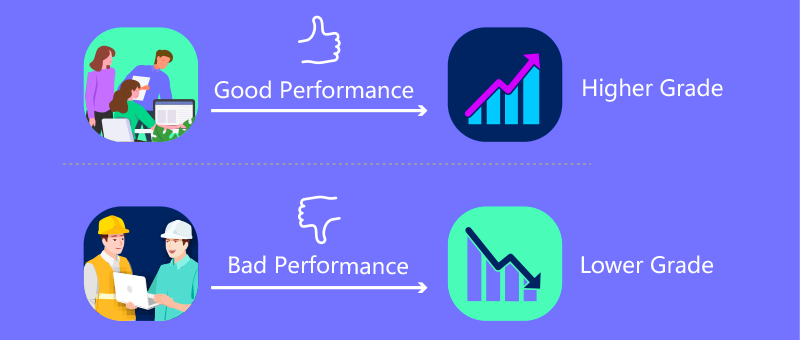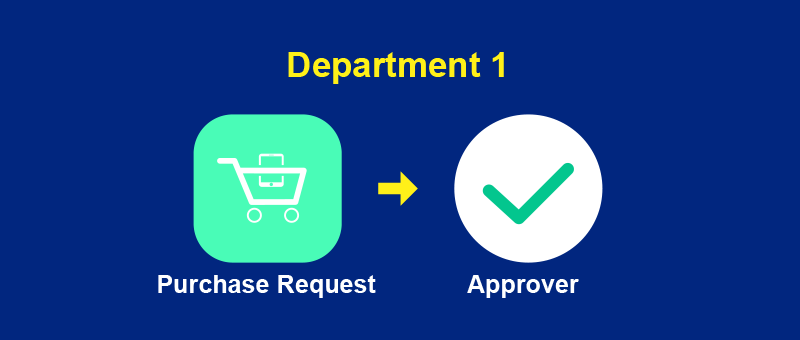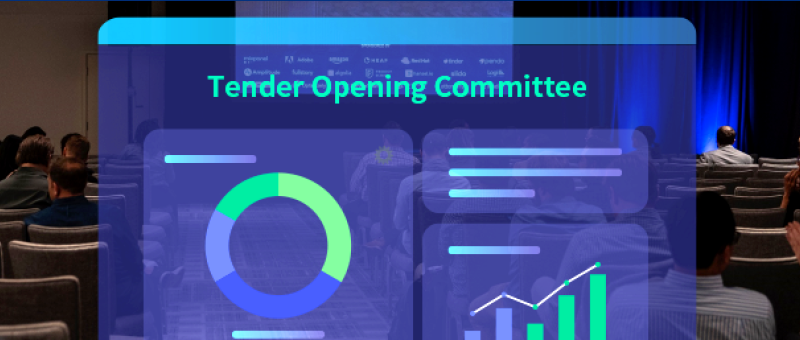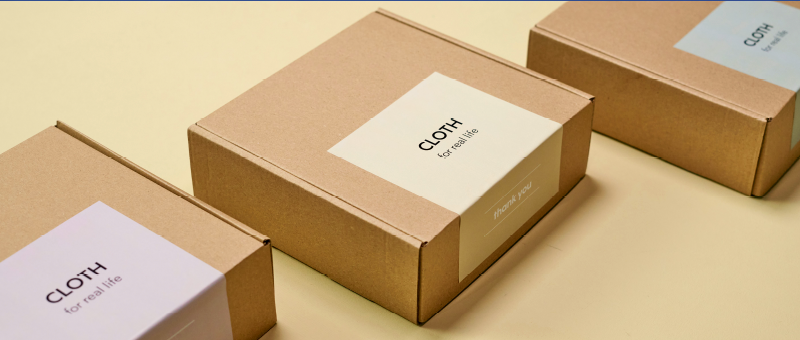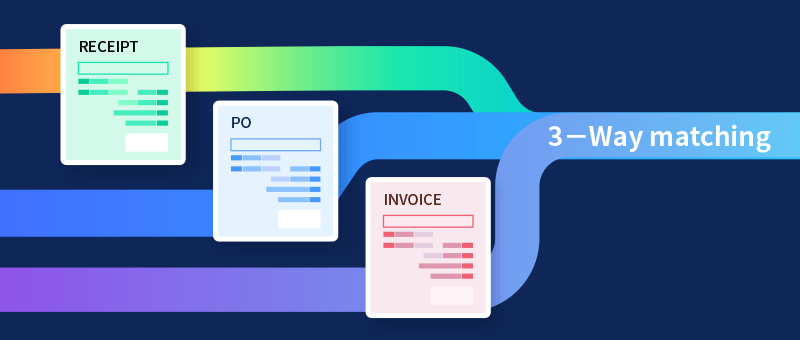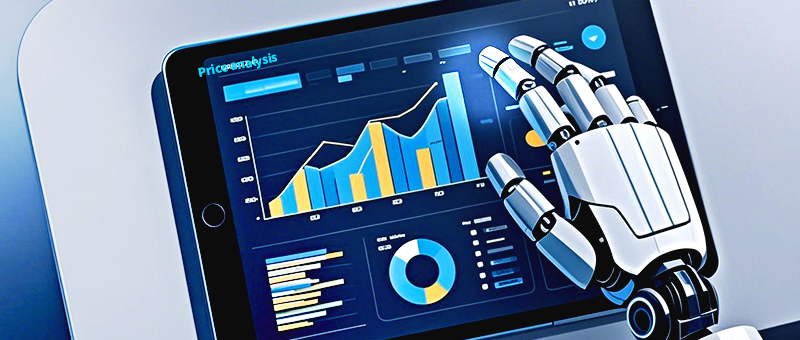



-
8Manage One Step To Spend Intelligence
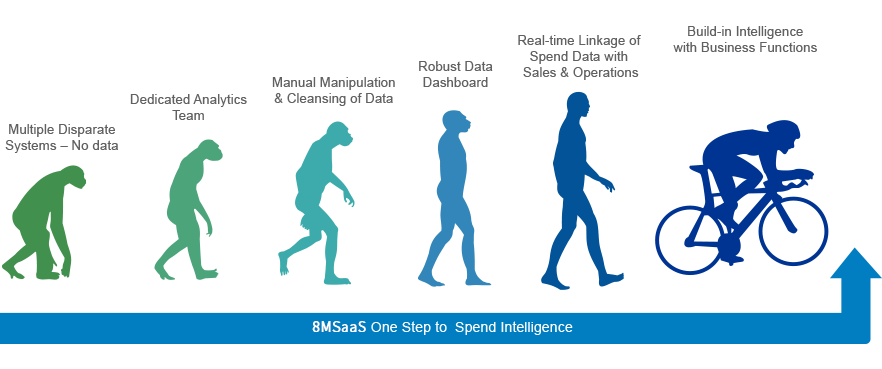
8Manage can aggregate and classify organization’s spend data for its purpose of reducing costs, improving operational performance and ensuring compliance. For the organizations that are using multiple disparate systems for item purchases and expense reports, they can migration their data to 8Manage and won’t need to worry about data cleansing and migration subsequently and dashboard and report generation repeatedly.
-
Automatic classification of spend data as they are entered, not afterwards
8Manage allows user-defined expense categories and subcategories, product types and families and supplier types and grades.
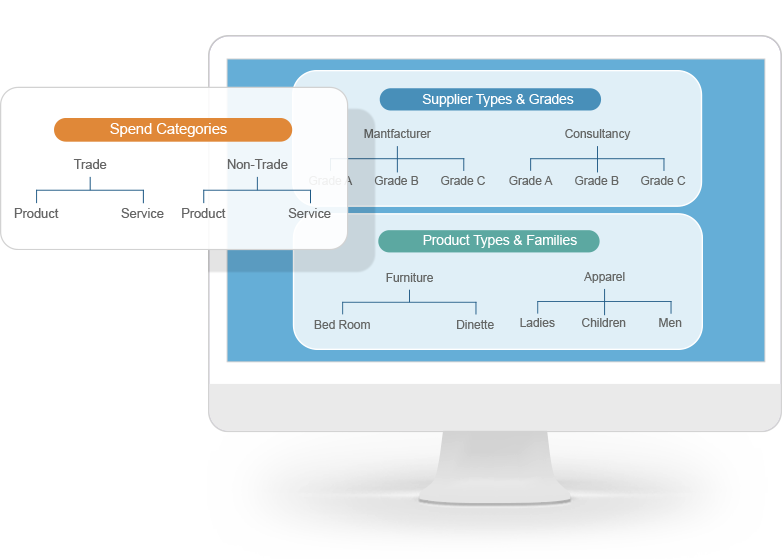
After the above spend classification framework is setup, 8Manage will automatically classify spend data as they are being entered and no data collection and cleansing are necessary since 8Manage One Design One System architecture reinforces strong data classification and linkage for sales and operations.
-
Automatic aggregation of spend data in real-time
8Manage can automatically aggregate spend data according to Organization, Spend Type & Product and/or Supplier.
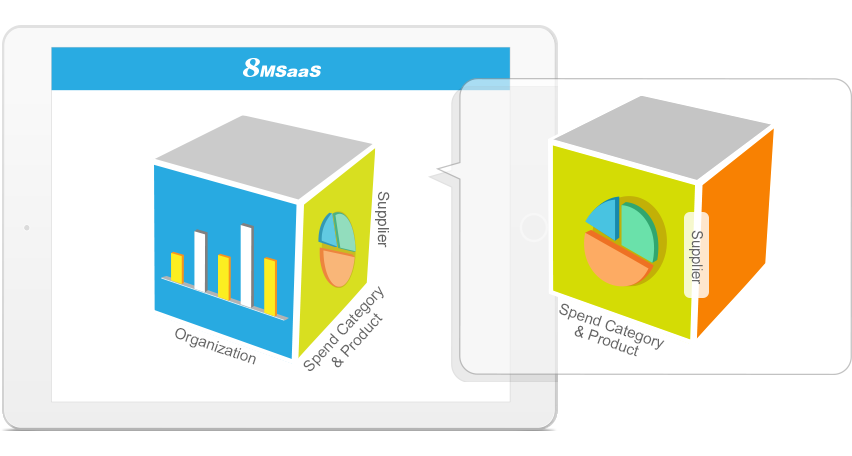
8Manage can help the user generate answers to the following questions affecting their spending, including:
- What are the organization really spending?
- With whom the organization spending it?
- Is the organization getting what’s been promised for that spend?
The spend visibility provided by 8Manage Spend Intelligence helps the user gain insights into what their organization buys and from whom, and it helps them realize savings promised by past sourcing efforts.
-
Embedding spend intelligence in procurement process
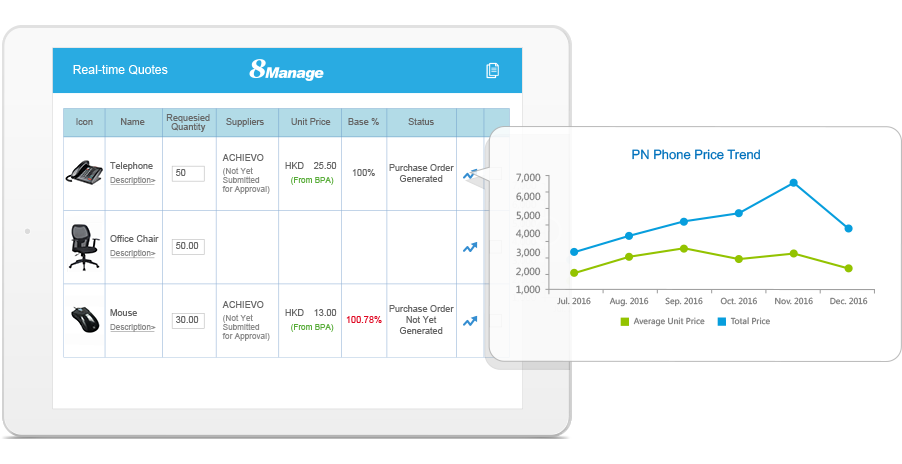
In 8Manage, Spend Intelligence is embedded in the procurement process. For example, when the user is reviewing the real-time quotes submitted by the suppliers, she can click the “Price Trend” icon to view the price trend information.
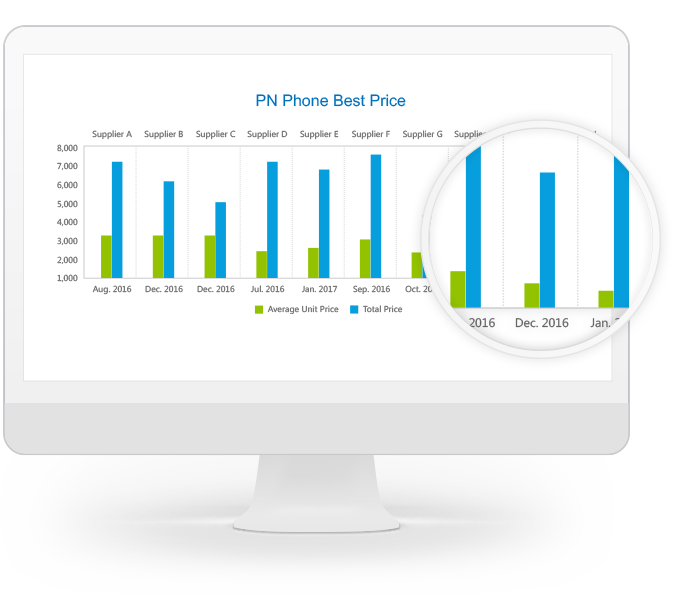
The user can also click the “Best Price” icon to view the best price offered from each supplier.
-
Spend insights & reports
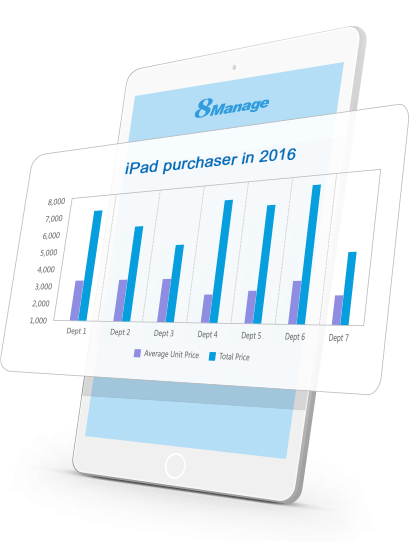
8Manage provides the user with insights into which department is purchasing what and at what prices.
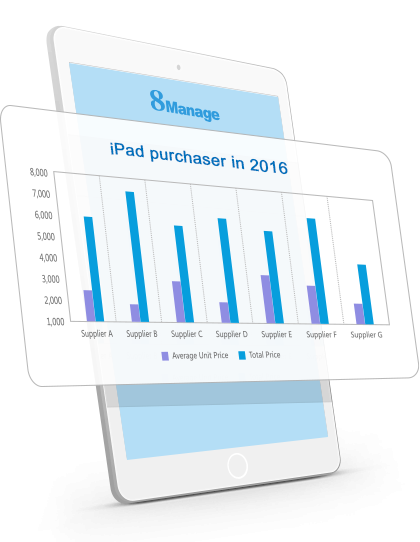
8Manage allows the user to find out the purchases are from whom and at what prices.






















